Maria Kuptsova
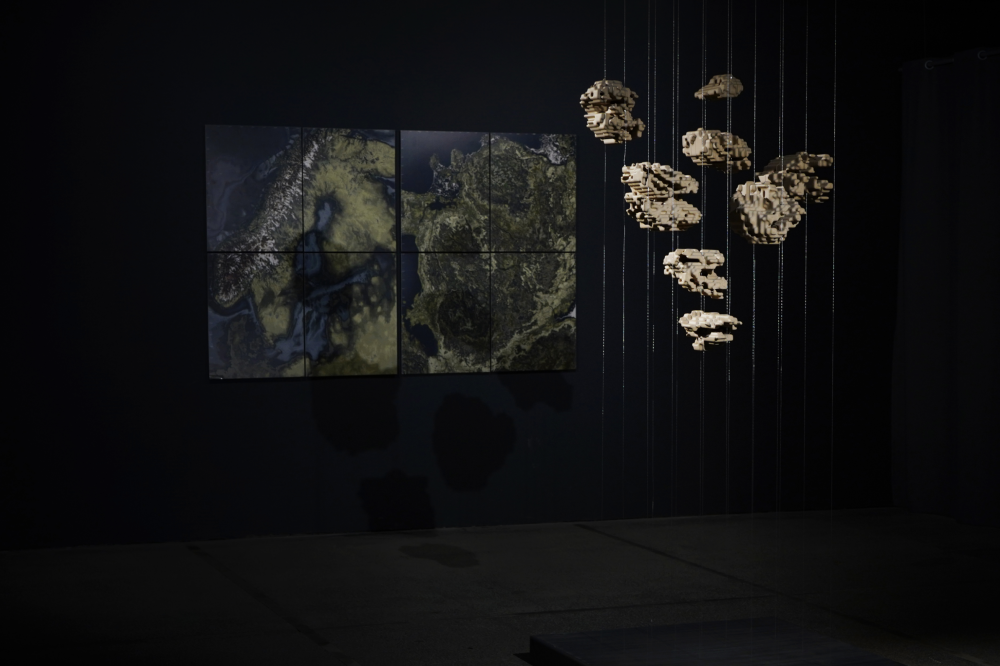
ARBOR.Aer
2025ARBOR is a synthetic timber architecture embedded with the intelligence of a living tree. Conceived as a series of cyborganic objects, ARBOR proposes a design methodology that reads the intelligence of wood and rearticulates it through digital and robotic fabrication. Machine learning algorithms trained on timber datasets extract organisational principles from nearly a thousand species, translating the microscopic architecture of wood into a new formal language. These systems preserve the material’s anisotropic nature while enabling high-resolution, biodegradable, carbon-storing structures formed from industrial wood waste. The result is a bio-technological living ecosystem shaped by human, biological, and machinic intelligence.
The second iteration of ARBOR—ARBOR.Aer—is a suspended sculptural composition made up of fragmented elements derived from the ARBOR system. Each fragment carries an internal material distribution informed by the microscopic logic of timber anatomy, mirroring the complexity and organisation of ecological systems.
Hovering in space, the elements of ARBOR.Aer form a library of knowledge, where each unit reflects the structural memory of a specific tree species. The suspended configuration allows the material’s inner intelligence to unfold in three dimensions, revealing the biological order embedded within the wood’s anatomy.
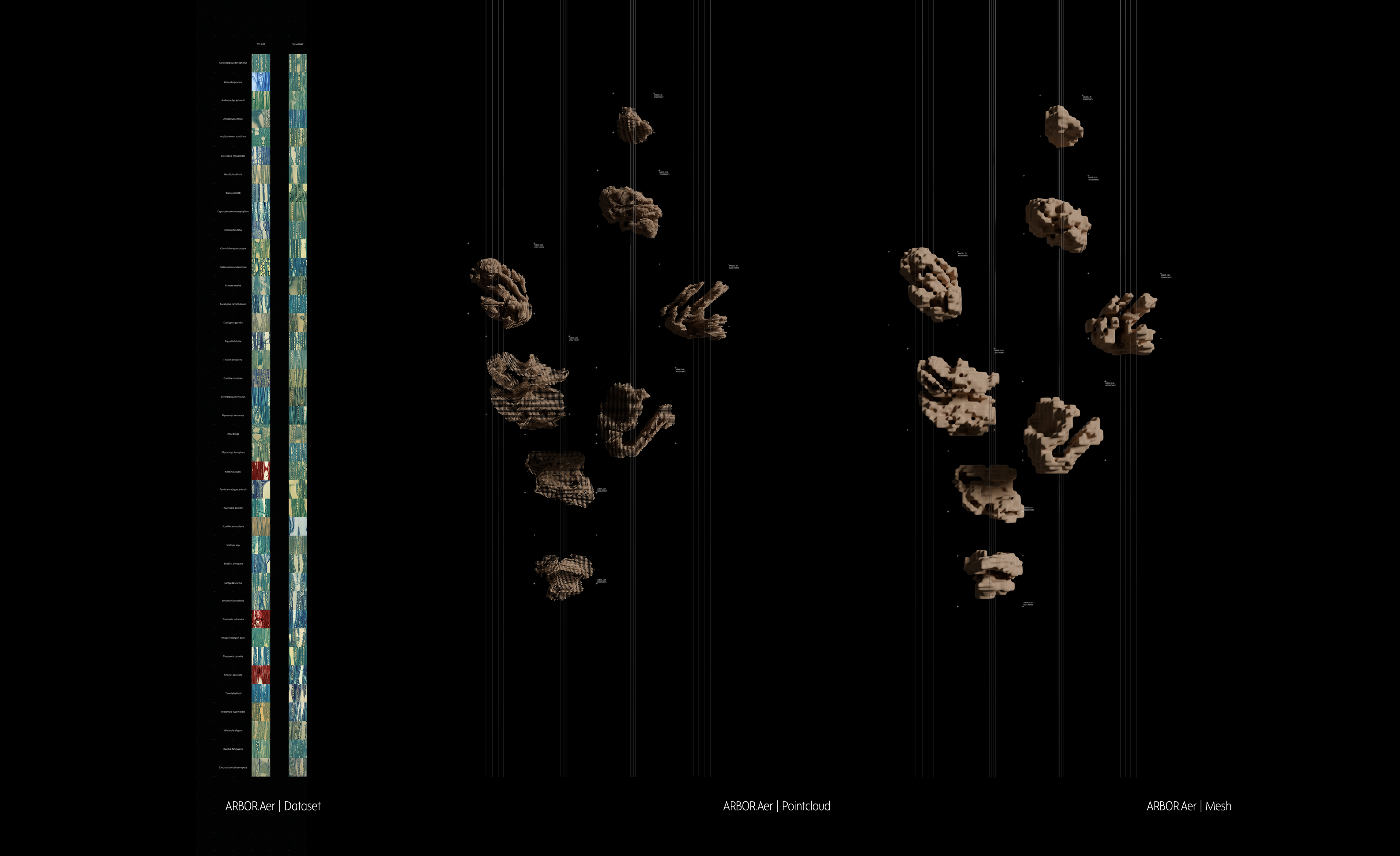
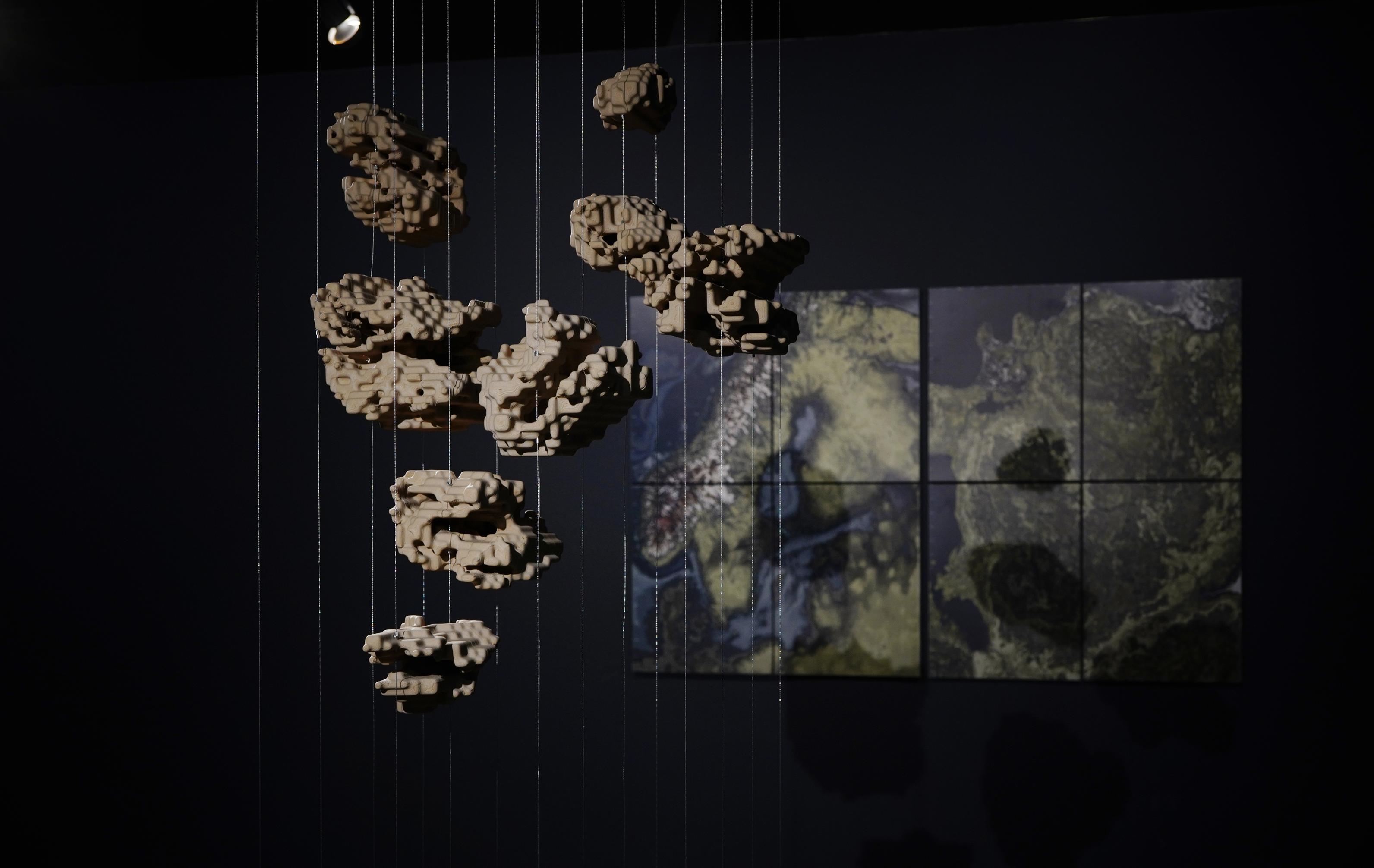
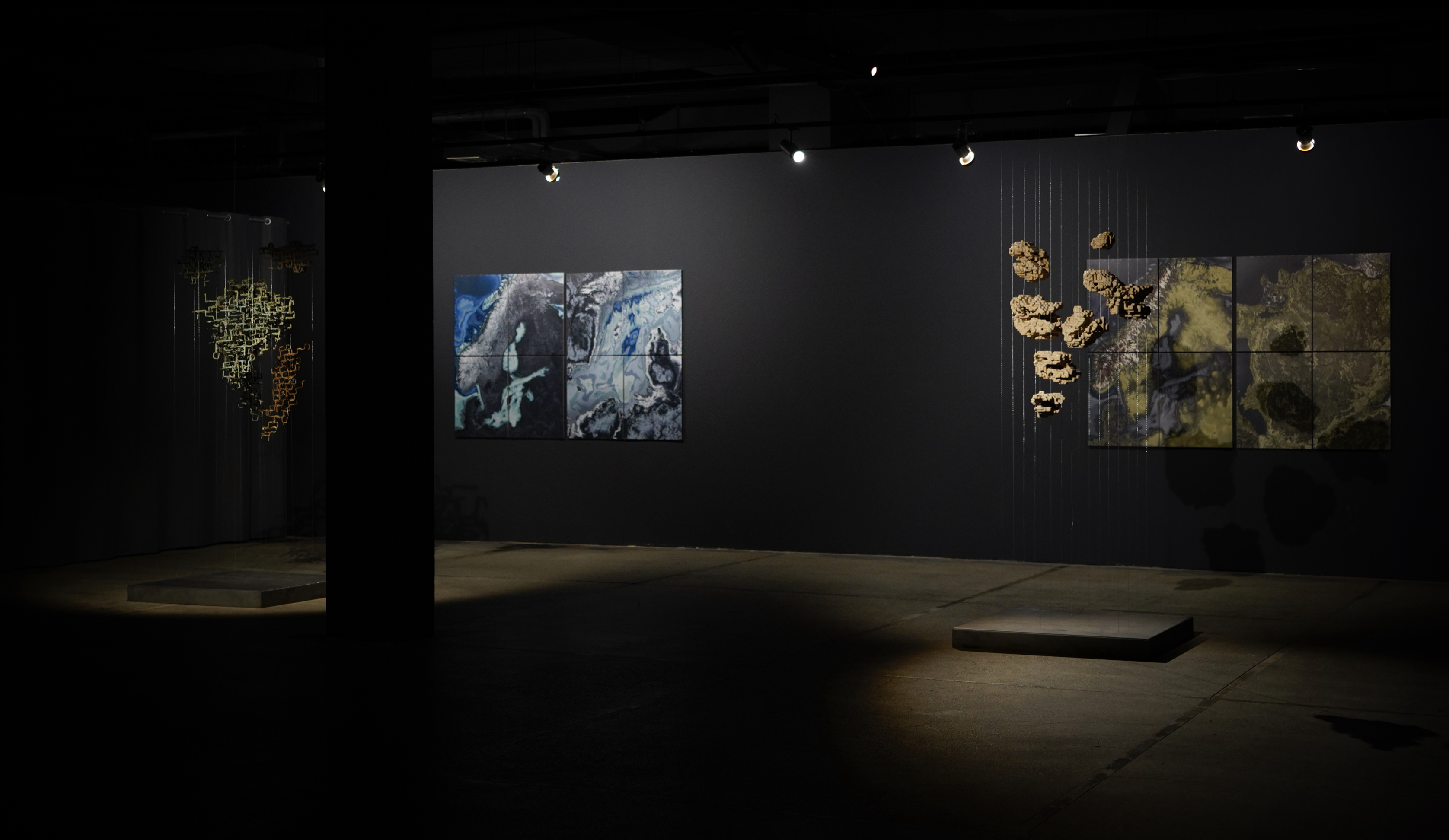
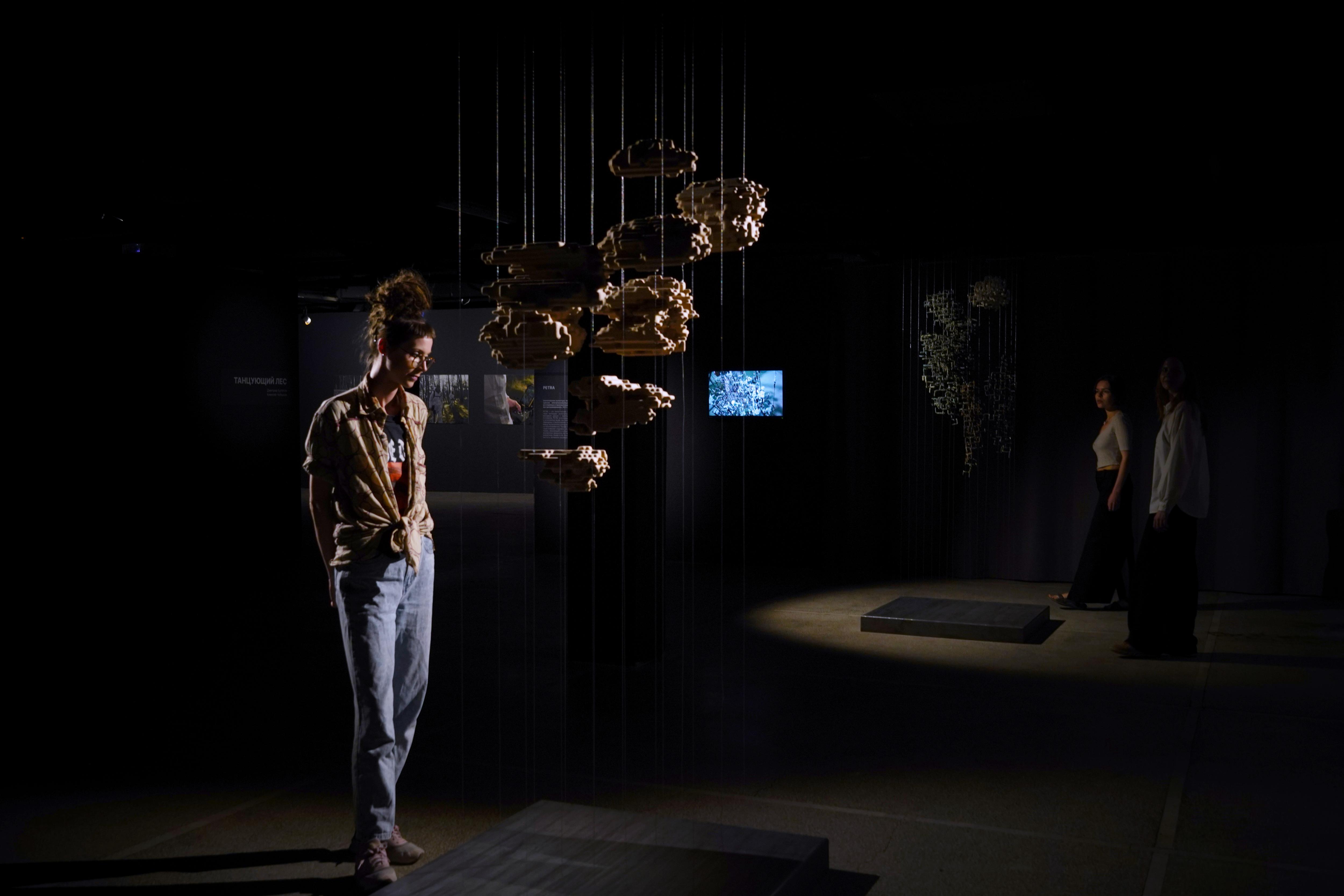
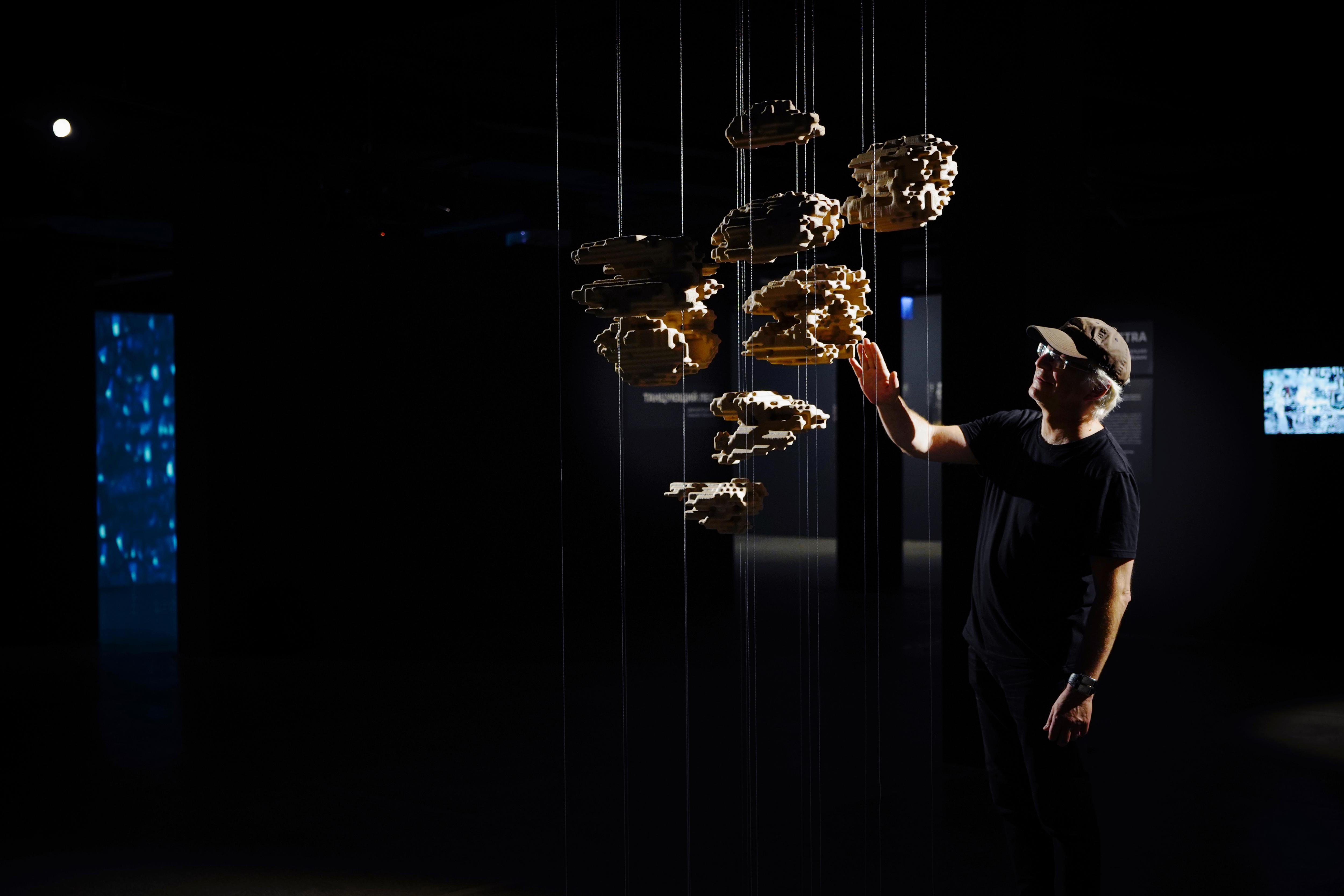
Project by:
Maria Kuptsova
Project team:
Korbinian Enzinger – Computational Designer
Artem Konevskikh – Machine Learning Engineer